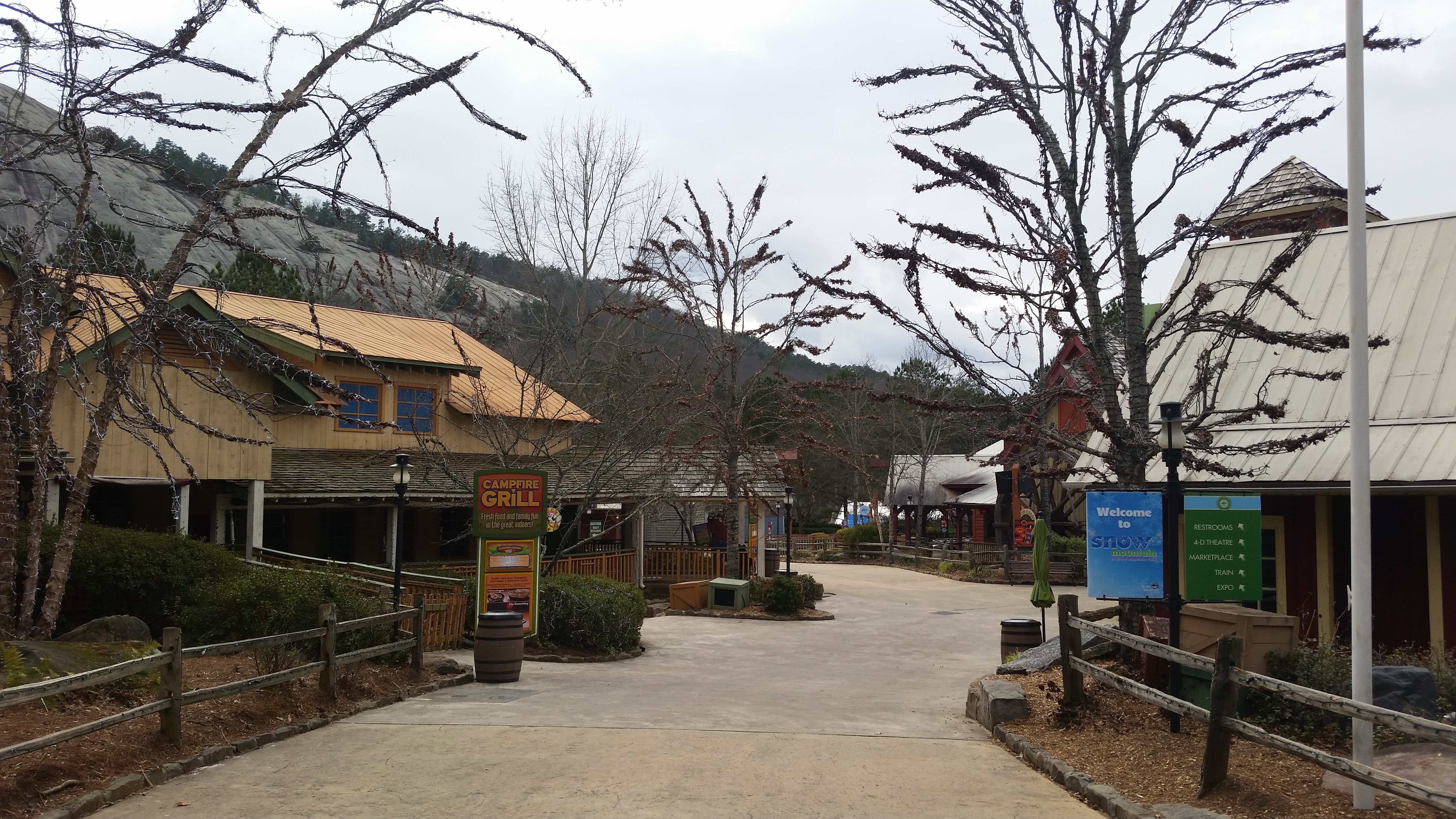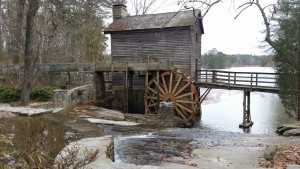
“Ethereal. Invigorating. Peaceful.”
These are the three words that describe the undeniable charm Stone Mountain possesses. Founded as a state park in 1958, Stone Mountain resides next to the buzzing and noisy highway 78, and acts as a quiet sanctuary away from the chaos of civilization. My adventure started at the entrance where I had the option of paying for a daily pass or using a seasonal pass for parking. Being a person who regularly comes to Stone Mountain, I had a seasonal pass and was able to breeze through the entrance. Immediately, I was surrounded on all sides by the brown of the trees, the green grass and the dull and murky blue lakes. As you dwell farther into the park, signs point in multiple directions, directing people to the locations of exhibits and attractions.
The first location I entered was the strategically placed Crossroads. The Crossroads is placed in a location that is likely to be passed, regardless of where you wish to go in the park and is surrounded by signs and advertisements directing people into it. This is because the Crossroads is the transportation hub of Stone Mountain and serves as a staring point for newcomers and tourists. Almost all tickets for attractions must be bought in the Crossroads, and it is also where most of the children oriented activities are located. In addition to this, the Memorial Hall Museum sits right next to the Crossroads and is oriented for a older audience. Coincidence? I do not think so.


However, this is the only place in the park that is heavily influenced by man and marketing. The rest of the park has little man made interference, other than the roads and paths that were created for easy accessibility throughout the park. These parts of the park, like the Grist Mill, Carillon and the entrance to the famous walk-up trail were filled with people, ranging from those who are athletically oriented to those who just wish to escape from the city. As I explored these areas, which were easily accessible, I was filled with a sense of tranquility and felt myself forget about all the things that caused me stress.
Despite knowing that most of the park was technically man made, and that the artifacts were not original to the park did not bother me at all.
From the sound of the Grist Mill, to the music playing at the Carillon, I felt like I was isolated from the noise and crowds that plague the outside world and could actually focus on my thoughts. I believe this is the reason why many people come to Stone Mountain; to escape the urban trap of the city and become engulfed in the loving arms of nature.




